Search
Search Results
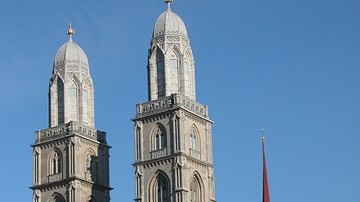
Definition
Grossmunster
Grossmünster (“large cathedral” in German) is a Romanesque ex-cathedral situated in the heart of Zürich, Switzerland, which was built over the course of the 11th and 13th centuries CE. According to legend, the Holy Roman Emperor Charlemagne...

Definition
Constantine VI
Constantine VI, also known as Constantine "the Blinded”, was emperor of the Byzantine Empire from 780 to 797 CE, although for most of his reign his mother, Irene the Athenian, ruled as regent. When Constantine did finally get a go at ruling...
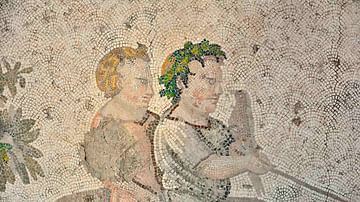
Article
The Great Palace of Constantinople
The Great Palace of Constantinople was the magnificent residence of Byzantine emperors and their court officials which included a golden throne room with wondrous mechanical devices, reception halls, chapels, treasury, and gardens. In use...

Article
The Rock-Cut Tombs of Qizqapan, Iraqi Kurdistan: Median or Achaemenid?
O Creator of the material world, at what distance from the holy man (should the place for the dead body be)?" Ahura Mazda replied: "Three paces from the holy man". (Vend. 8. 6-7) In September 2009 CE, one of my relatives suggested that we...
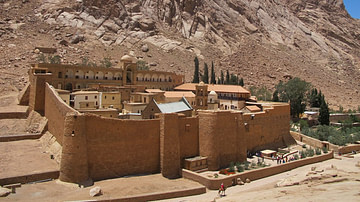
Article
Byzantine Monasticism
Monasticism, that is individuals devoting themselves to an ascetic life in a monastery for devotional purposes, was an ever-present feature of the Byzantine empire. Monasteries became powerful landowners and a voice to be listened to in imperial...

Article
The Lullubian Rock Relief of Darband-i Basara
History doesn't repeat itself, but it does rhyme. (Mark Twain) Darband-i Basara (the Pass of Basara) is a narrow natural gorge which transects the anticlines of the upper part of the Qaradagh Mountain Range. The elevation is about 605 meters...
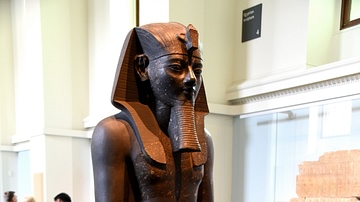
Image
King Amenhotep III
The enthroned pharaoh has idealized features and wears a striped head-cloth, false beard, and pleated kilt. A bull's tail, symbol of superhuman strength, hangs between the legs. Many Egyptian kings used the title of "bull" or "strong bull"...

Image
Seventh Ecumenical Council
An 11th century CE illustration of the Seventh Ecumenical Council which decreed the end of iconoclasm in the Byzantine Church, in September 787 CE. Emperor Constantine VI (r. 780-797 CE) is depicted sitting immediately right of the central...
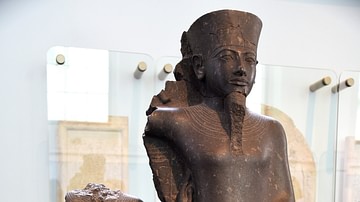
Image
King Horemheb with Amun-Ra
King Horemheb with Amun-Ra, probably from the temple of Amun-Ra at Thebes, Karnak, possibly usurped from Tutankhamun (c. 1336-1327 BCE), 18th Dynasty, c. 1323-1295 BCE. The inscriptions identify the headless king as Horemheb and the larger...
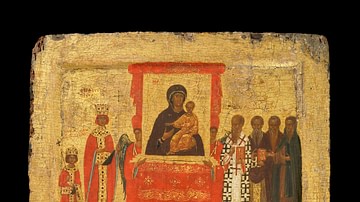
Image
Triumph of Orthodoxy
Late Byzantine icon, egg tempera with gold leaf on wood, c. 1400. The icon shows the Triumph of Orthodoxy, the restoration of images in 843 after the period of Iconoclasm (or Iconomachy), characterized by the controversy between the Iconophiles...